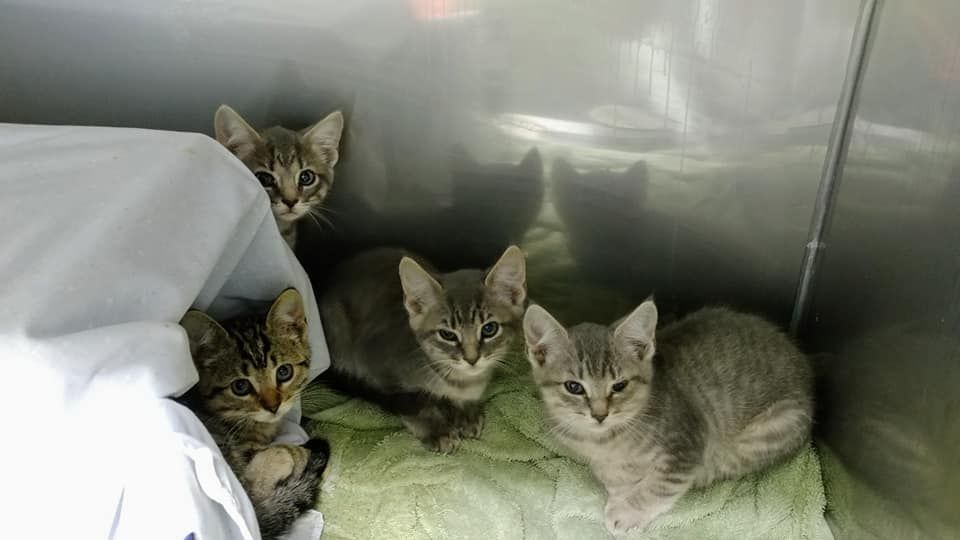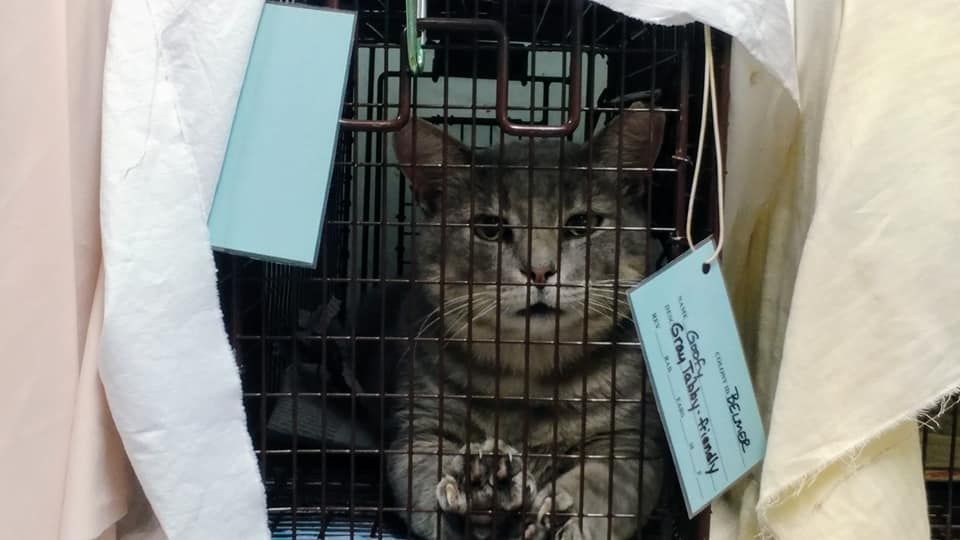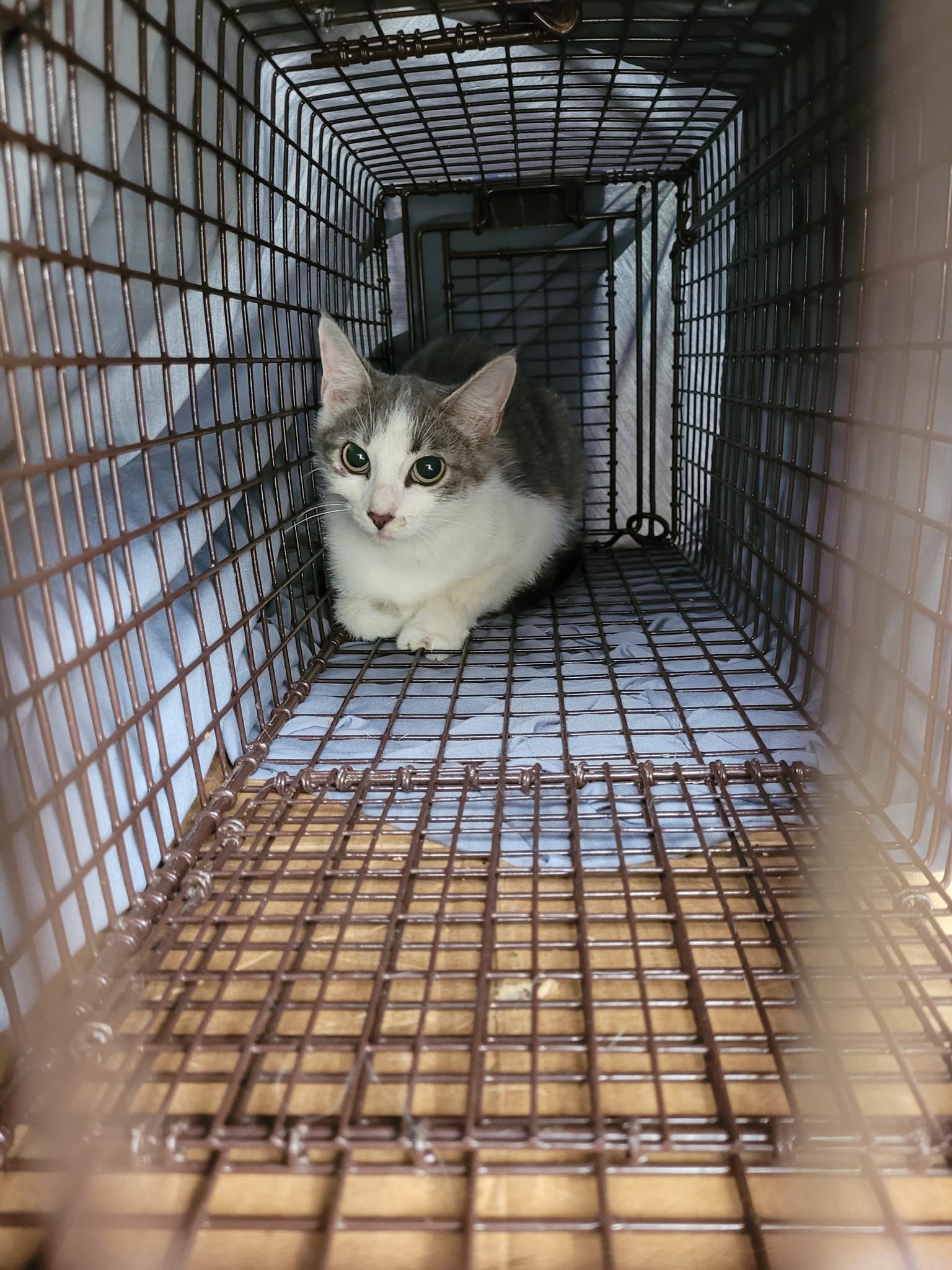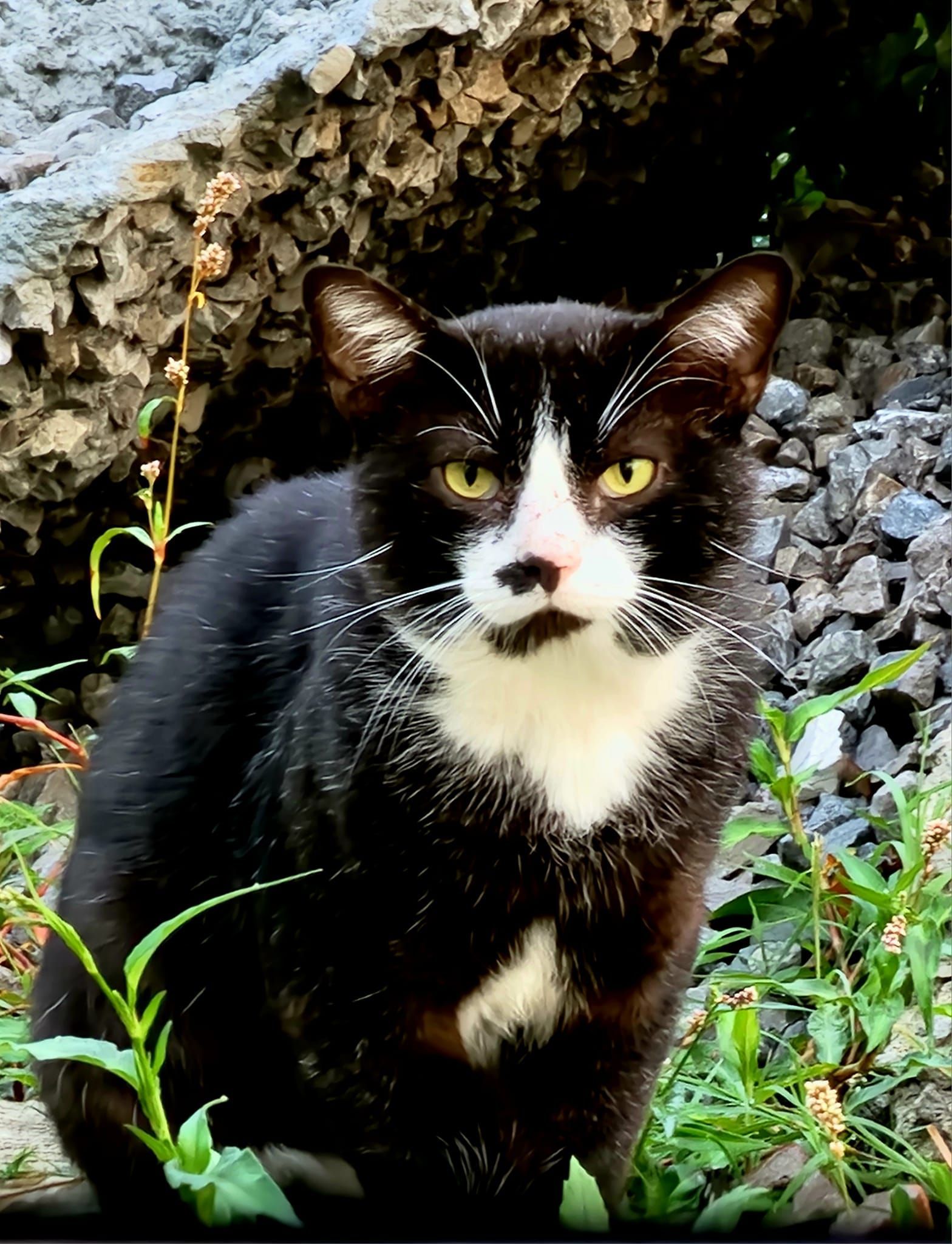Feral cats

Hope's $45 Feral Cat Package Includes
- Spay / Neuter Surgery
- Rabies Vaccination
- FVRCP Vaccination (Protects against potentially serious airborne viruses)
- Dose of Revolt (Flea medication that also prevents roundworms, hookworms, and ear mites)
- Ear Tip (The universal sign that shows the cat has been spayed or neutered)
What is a Feral Cat?
A feral cat is an unsocialized cat.
Feral cats are either born outside and have never lived with humans, or have been left outside for so long they've reverted to a wild state. Most live with other feral cats in “colonies.” They're afraid of humans and not likely to be adoptable. The incidence of disease in feral cat colonies is no higher than among owned cats. They live healthy, natural lives on their own, content in their outdoor home.
What is ear tipping?
Ear-tipping is vital for identifying feral cats that are already altered and have caretakers. Ear-tipping is the national standard for identifying feral cats managed through TNR. In Woodford County, if an ear-tipped cat is caught by animal control agencies, they know the cat is from a managed colony and simply release it. Ear-tipping also allows a caretaker to easily spot a new cat entering the colony.
Most feral cats are euthanized.
Feral cats are wild animals and not adoptable. As a result, most are euthanized when they are removed from their outdoor living environments.
Stray cats are not feral cats.
Stray cats are domesticated and have been abandoned or wandered from their homes. Generally, strays are adoptable.
Eliminating feral cats isn't effective.
When feral cat colonies are trapped and euthanized, other cats simply move in and take advantage of the available resources. They breed prolifically; quickly forming a new colony to size of the old one. This "vacuum" effect is well documented. TNR is a more effective and humane approach to stopping the overpopulation crisis.
TNR saves money.
With an estimated 87 million free-roaming, homeless cats in the United States, it would cost the government about $16 billion to trap and kill them as opposed to about $9 billion for supporting Trap-Neuter-Return (TNR) programs run by community rescue organizations and volunteers.
Found a colony? Let us know. We want to help you and your feral cat colony. We have humane traps for loan and our knowledgeable team of caring people can educate and assist.
For more information on feral cats and TNR, visit these websites:
www.alleycatadvocates.org and
www.soscatsky.org.








